Disclaimer: This blog post contains affiliate links. If you make a purchase through these links, I may earn a small commission at no additional cost to you. Learn More. Thank you for supporting our garden community.
How to Create a Woodland Garden Oasis: A Step-by-Step Guide
Last Updated: July 10, 2024
Creating a woodland garden is an enchanting way to transform your outdoor space into a serene retreat. Unlike traditional gardens, a woodland garden emulates the lush, layered look of natural woods, offering a tranquil and wild beauty all year round. Whether you have a shady spot that’s tough to landscape or you’re a nature enthusiast wanting to craft a haven for wildlife, mastering how to create a woodland garden might just be your next outdoor project.
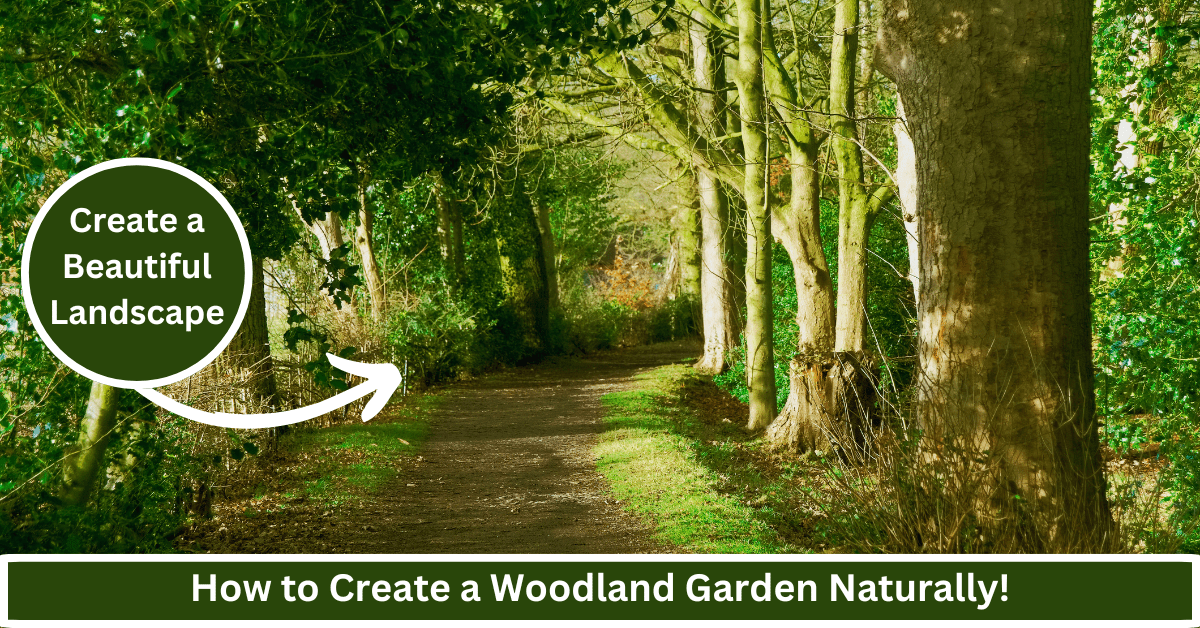
A few years back, I had a friend who decided to tackle a challenging and overlooked part of his yard that was always shaded and somewhat barren. His aim was to turn it into a garden that felt natural and inviting, without expecting it to look like something out of a fairy tale.
We started with a simple layout drawn on graph paper and a lot of research into what would actually grow well in the shade.
There was a lot of trial and error involved; we quickly learned that not everything that was planted was going to thrive and that the local garden center employees were going to see a lot of us.
When we finally put in the last plant, a sense of achievement washed over my friend. His once bland and ignored corner had transformed into a lush, peaceful spot that even attracted local wildlife, proving that a little bit of persistence and patience can indeed cultivate your own slice of nature.
How to Create a Woodland Garden
Here’s what you will learn from reading this post:
- Fundamentals and Planning: You will learn the essential components and considerations for creating a woodland garden, including selecting the right location, understanding the importance of layers in mimicking the natural forest structure, and planning the layout to achieve a balanced, thriving ecosystem.
- Selecting Suitable Plants: You will gain insights into choosing the right mix of plants for a woodland garden. This includes recommendations for trees, shrubs, and ground covers that are well-suited to shaded environments, contributing to your desired aesthetic and ecological balance of the garden.
- Planting and Maintenance Strategies: Practical tips and techniques for planting and ongoing care are provided, with a focus on soil preparation, planting methods that encourage natural growth patterns, and low-maintenance practices that keep your garden healthy and beautiful with minimal intervention.
- Personalization and Wildlife Attraction: You will discover ways to personalize your woodland garden to make it your own serene retreat while also making it appealing and supportive of local wildlife. Suggestions include adding paths, water features, and choosing plants that provide food and habitat for birds, insects, and other creatures.
Understanding the Basics of a Woodland Garden
Creating a woodland garden from scratch requires an understanding of what makes these spaces so magical. There are a few key components that define a woodland garden, including the types of plants that thrive in this environment and how to mimic the natural growth patterns of a forest.
Creating a woodland garden goes beyond just planting trees. It’s about recreating the naturally layered canopy of the forest, where tall trees, understory shrubs, annual plants, and groundcovers coexist. This intentional mimicry not only creates a stunning aesthetic but supports local wildlife and promotes biodiversity.
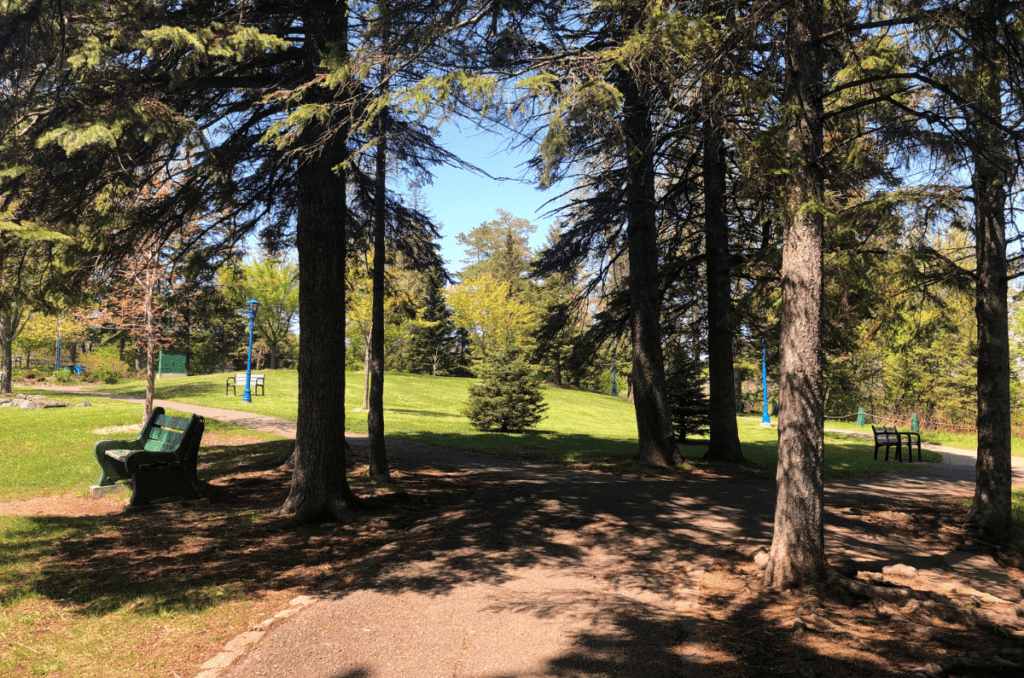
Planning Your Woodland Garden Layout
Begin by assessing your space. Ensure the area you choose is primarily shaded, as this will determine the types of plants you can grow. Draft a plan that includes a mix of trees, shrubs, and ground cover plants. Remember, the goal is to create layers just like in a natural woodland.
- Choosing the Right Location: Shade and soil quality play significant roles. There can be more sun if you are going to plant trees that will shade out other plants. The point of this is to mimic the natural sunlight patterns of a woodland.
- Designing for Success: How to arrange trees, shrubs, perennials, and annuals for a lush look. Large trees form the canopy, smaller trees and shrubs form the understory, annuals and herbs form the herb layer, and groundcovers and moss form the forest floor. Learn more about the forest layers here.
Selecting the Perfect Plants for Your Woodland Garden
Discover the best plants for creating a natural woodland feel. From towering trees to understory shrubs and groundcovers, selecting the right species will ensure your garden thrives.
- Trees: Opt for native trees like Oak, Maple, or Pine for the upper layer. Choose trees that are native in your area and perform well under your growing conditions. Choose large trees that will tower over everything and create the shade that is needed for the other plants.
- Shrubs: Include Rhododendron or Ferns for middle-layer textures. You can also opt for native flowering shrubs in this case, like roses. However, these types of plants often require more sunlight to thrive.
- Groundcover: Choose shade-loving plants like Hostas or Moss to cover the ground. Low-growing ferns are also great, along with many weeds like dandelion. You can also include shade-tolerant annuals, such as impatiens.
Incorporate a variety of species to ensure year-round interest and support for local wildlife. It is also a good idea to choose flowering plants that flower at different times throughout the year, ensuring a consistent supply of nectar and pollen.
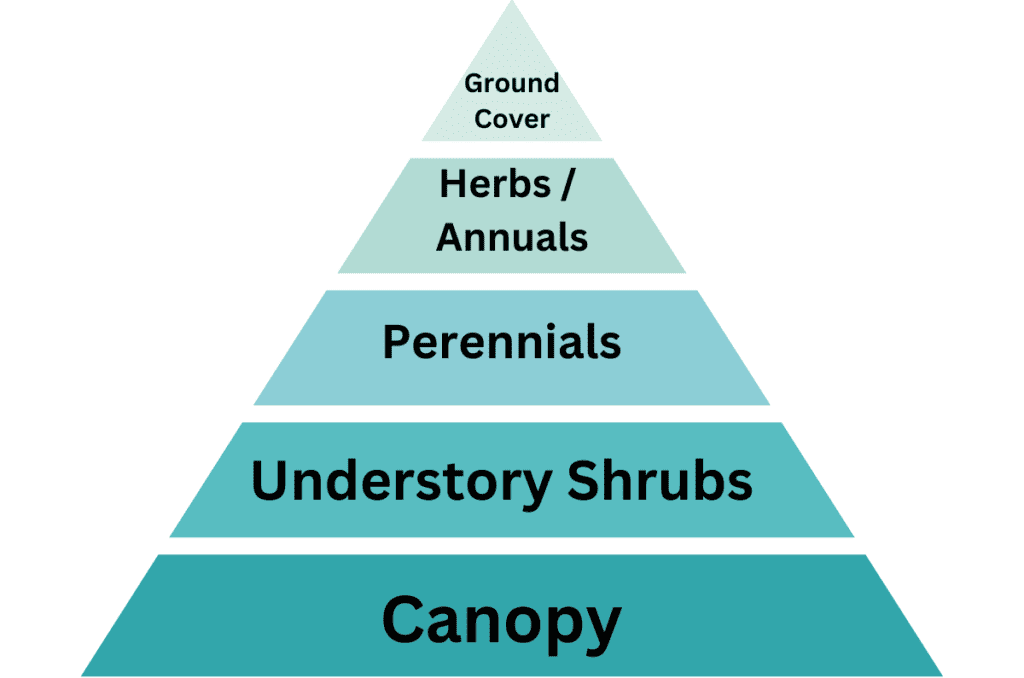
Planting and Care Tips for a Healthy Woodland Garden
- Soil Preparation: Preparing your soil for woodland species. To start, you can add compost or manure to improve the structure of the soil. Additionally, add a thick layer of wood chip mulch to help retain moisture and provide nutrients long-term.
- Planting Techniques: Tips for planting trees, shrubs, and perennials to mimic nature. This should be done in the way outlined above, in which there are different layers of a forest.
- Maintenance: How to keep your woodland garden looking its best with minimal effort. There really shouldn’t be much maintenance. If you notice some pest or disease damage, such as aphids or powdery mildew, it should be taken care of right away. But dead plants, fallen leaves, or other debris should be left in its place to mimic a natural ecosystem.
Soil preparation is crucial; aim for a rich, well-draining medium. When planting, space trees and shrubs according to their mature sizes, allowing room for growth. Mulch generously to retain moisture and suppress weeds.
A woodland garden is low-maintenance by design, so minimal pruning and fertilization are needed, if any at all.
Personalizing Your Woodland Garden
Consider adding winding paths with natural materials like bark or stone to invite exploration. A small pond or bird bath can attract wildlife, enhancing the woodland experience.
Check out our post on Cheap DIY Garden Path Ideas to learn more!
Discussion Question
Which part of creating a woodland garden excites you the most? Tell us in the comments!
Frequently Asked Questions
Woodland plants generally prefer soil rich in organic matter. It’s beneficial to amend the soil with compost, leaf mold, or well-rotted manure to enhance its fertility and moisture retention qualities.
Traditional lawns usually don’t thrive in the shaded conditions of a woodland garden. Consider using shade-tolerant ground covers or creating pathways of mulch or stepping stones instead.
Woodland gardens thrive in partial to full shade. Some plants, such as spring ephemerals, require dappled sunlight, especially in early spring before the tree canopy fully develops. These plants can become very valuable in your woodland garden.
While you’ll see growth and changes each season, a woodland garden can take three to five years to fully mature. Trees and shrubs may take several years to reach their full size, but ground covers and perennials will establish themselves more quickly.
Absolutely. Including a variety of plants that produce berries, nuts, seeds, and nectar can attract birds, butterflies, bees, and other beneficial wildlife. Providing water sources and shelter can also encourage animal visitors.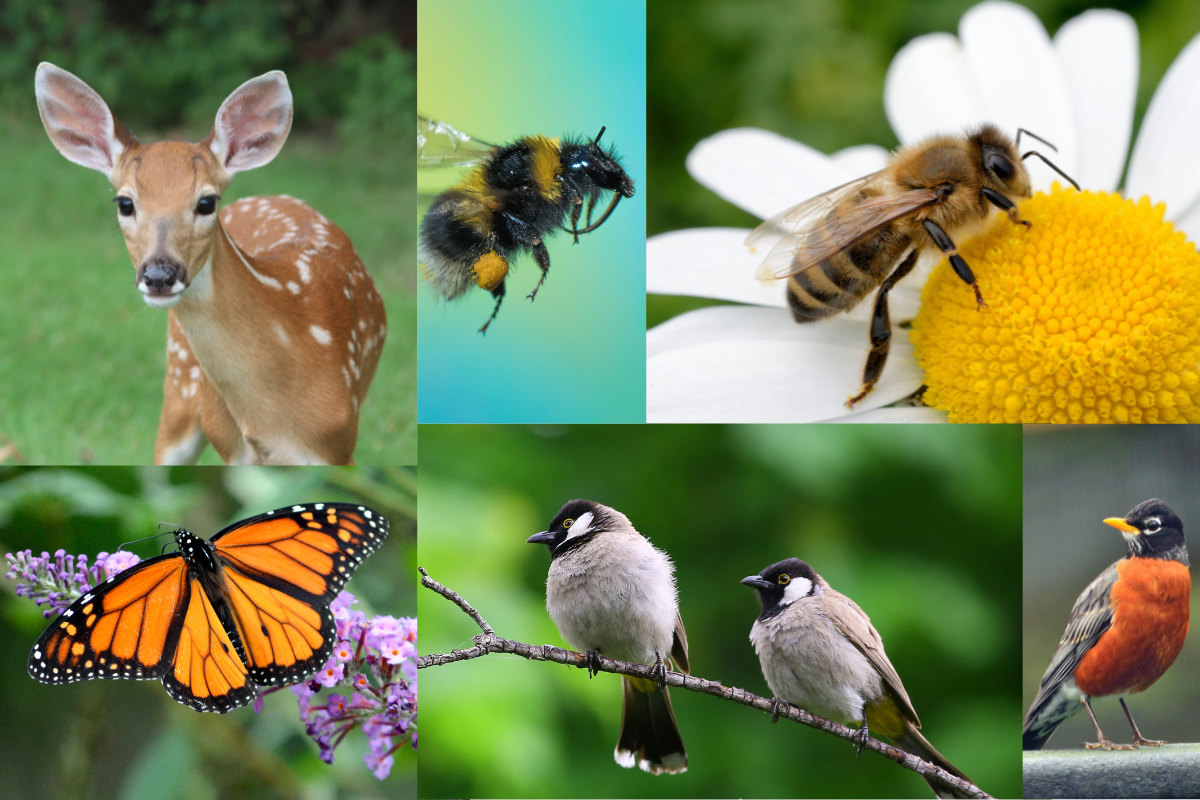
Even More Gardening Ideas
Here are a few more posts to get the ball rolling in your garden!
- How to Get Rid of Aphids on Plants
- The 10 Most Fragrant Flowers for Your Garden
- Nasturtium: The Garden Must-Have
Products
For all-purpose organic fertilizers, check out Arber.
To buy organic, non-GMO garden seeds, check out SeedsNow.
For a wide selection of perennial garden plants, check out Nature Hills Nursery.
For gardening equipment, check out Bootstrap Farmer
Conclusion
Have you started planning your woodland garden yet? Or perhaps you’ve already created a leafy paradise? Share your thoughts, experiences, and questions in the comments below. If you found this guide helpful, please consider sharing it on social media or signing up for our newsletter for more gardening insights.
Creating a woodland garden is a transformative experience that blends planning, patience, and passion for nature. Following the practical guidance provided, you can turn a shaded area into an inviting, living space that supports local wildlife and offers personal refuge.
Remember to incorporate varied plant species, prioritize native plants, and plan your garden with the natural landscape in mind. By following these tips, you can create a beautiful woodland garden that offers a peaceful retreat for both you and local wildlife.
If you want to learn more about gardening, foraging, nature, and sustainability, check out The Real Gardener on Instagram, YouTube, and Pinterest.
Pin this post for later:
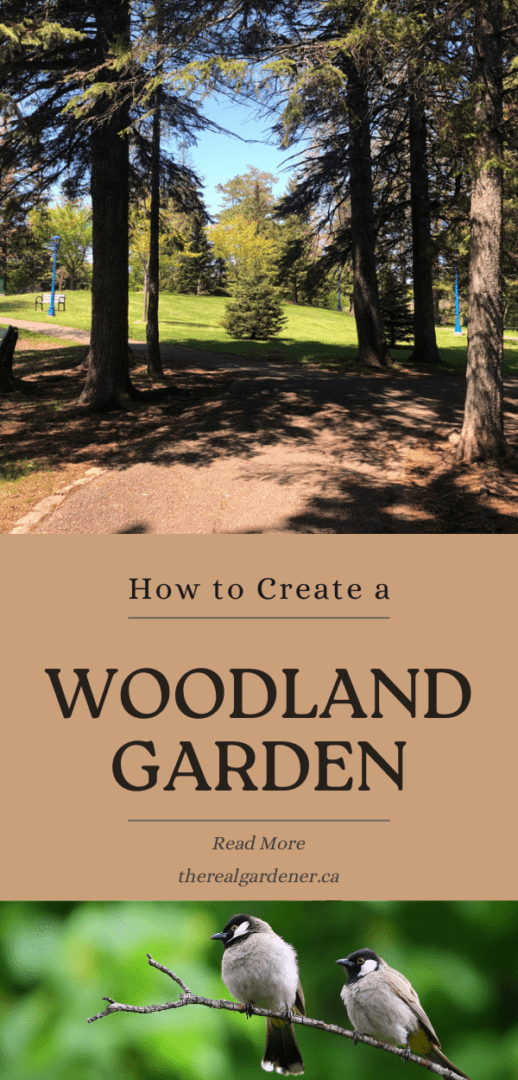
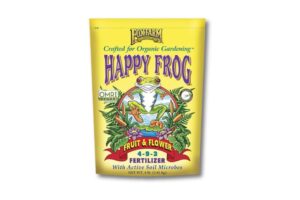
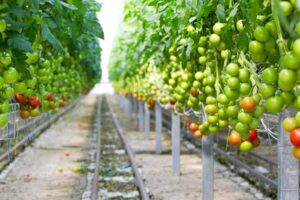
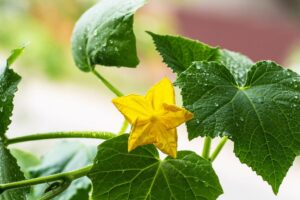
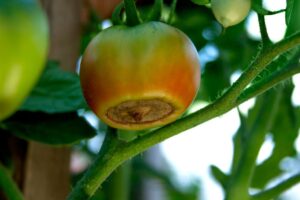
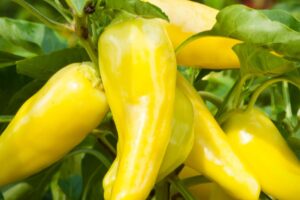
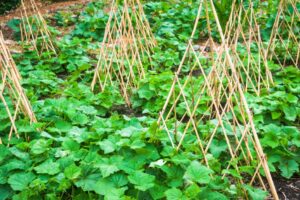

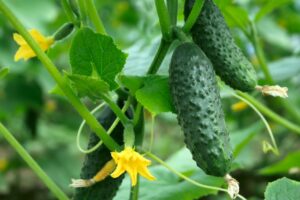
Leave a Reply